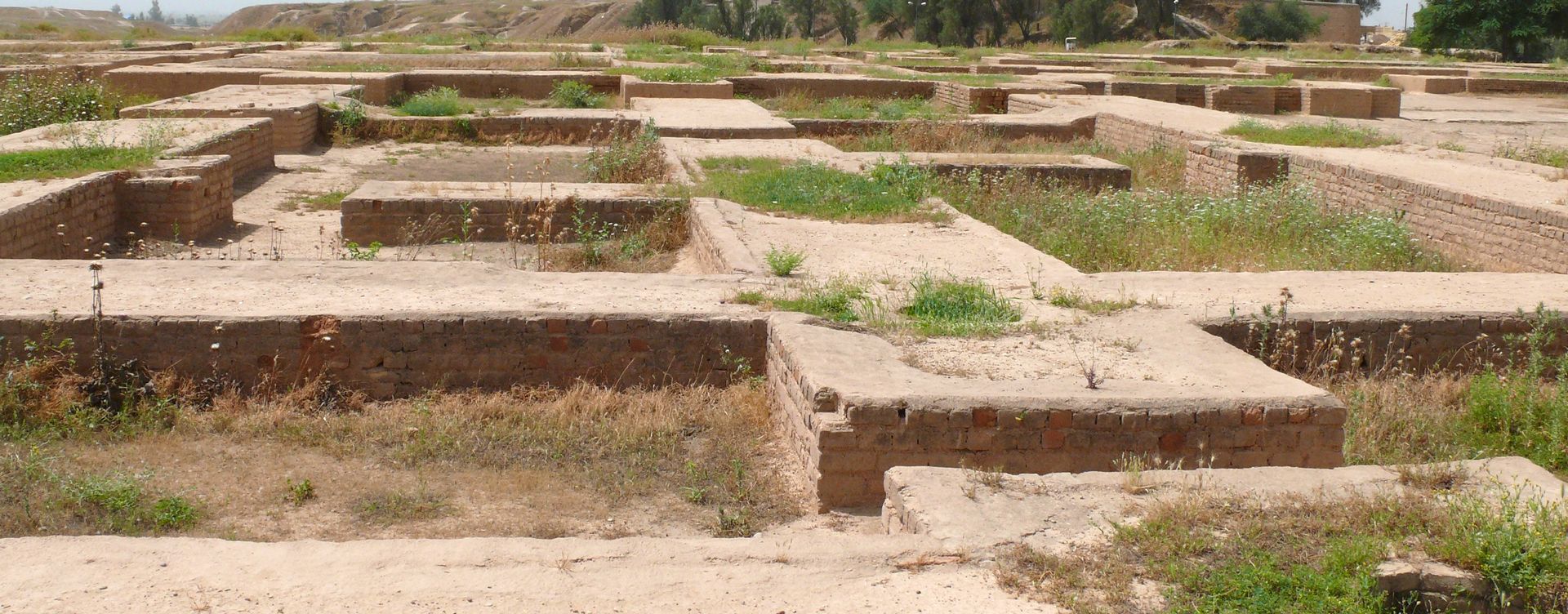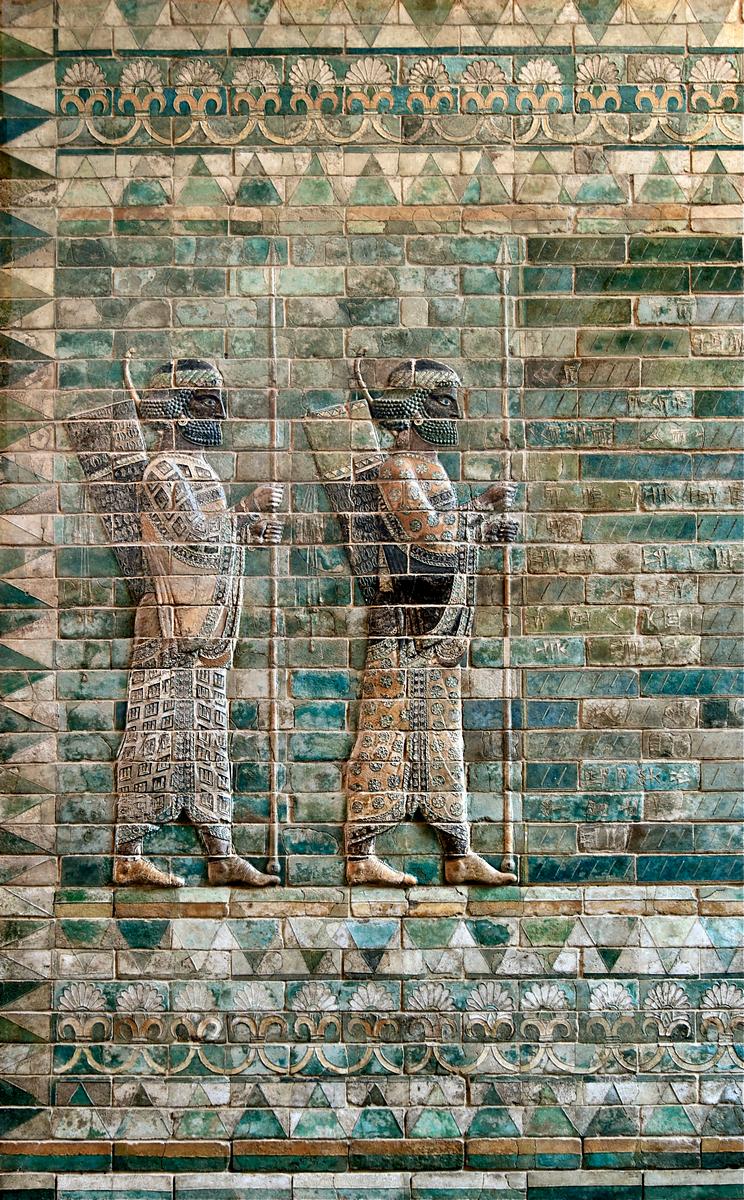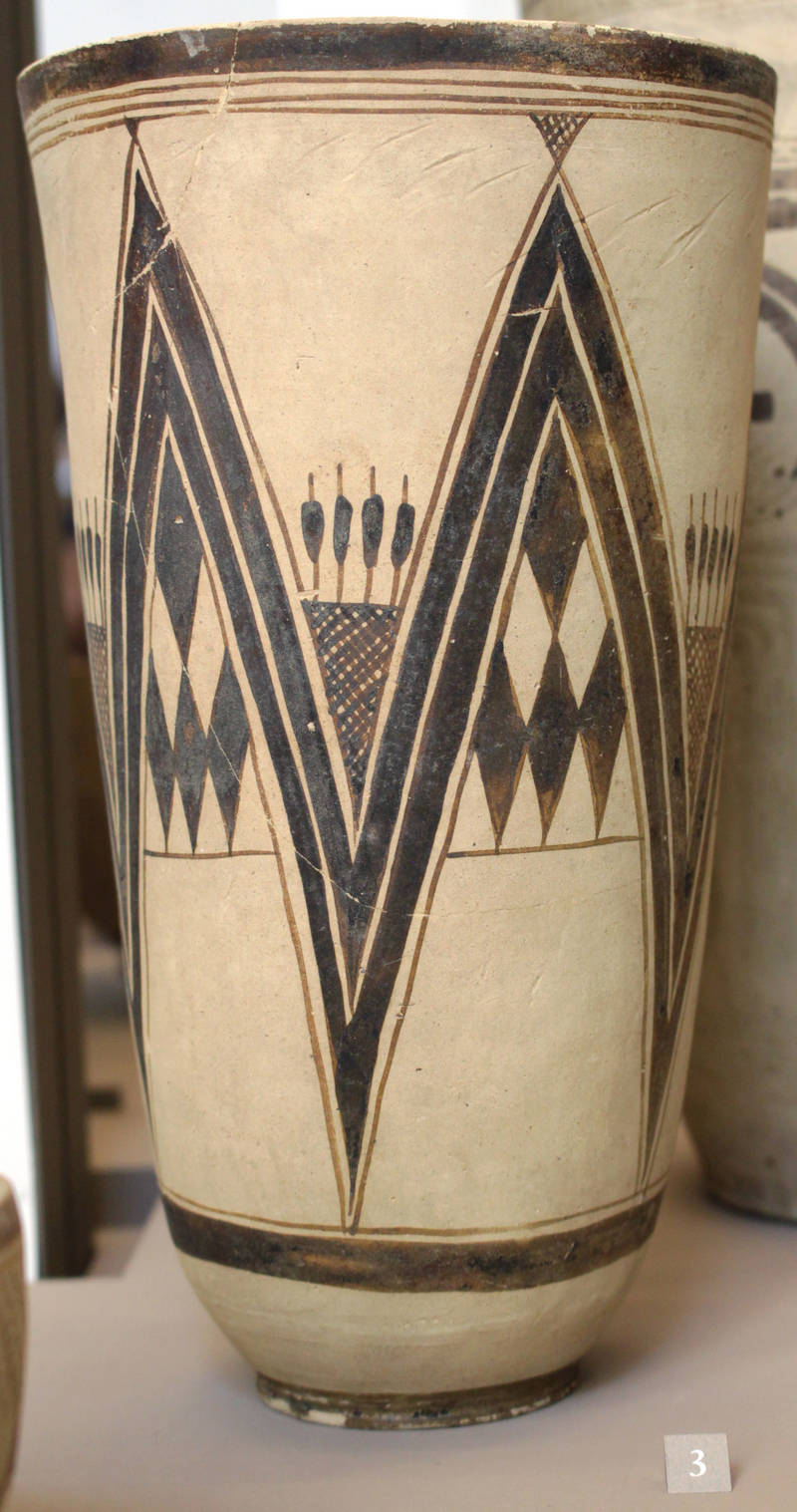What is…
Shushan
also known as: Susa, Shusah and Shush
Hebrew: שׁוּשָׁן —transliteration: Šušān —meaning: a lily
Greek: Σοῦσα —transliteration: Susa
The city of Sushan is the Susa of Greek and Roman writers, and was once the capital of the land of Elam.
Once a magnificent city, it was located in the uplands of Susiana, on the east of the Tigris River, about 150 miles to the north of the head of the Persian Gulf. The modern Iranian city of Shush (below) is at the site of the ruins of ancient Susa.
IdolatryThe false goddess Nanaya was worshipped here, among other false dieties. Nanaya is a love goddess, associated with eroticism and sensuality, and a patron of lovers and rejected or betrayed ones. She was among the most commonly-worshipped goddesses through much of Mesopotamian history.
Daniel
Here Daniel saw one of his visions (Dan. 8).
I looked in the vision, and while I was looking I was in the citadel of Susa, which is in the province of Elam; and I looked in the vision and I myself was beside the Ulai Canal. —Daniel 8:2 NASB
Nehemiah
Here also the Nehemiah (Neh. 1) began his public life.
Esther
Most of the events recorded in the Book of Esther took place here.
Modern explorers and archaeologists have brought to light numerous relics, and the ground-plan of the splendid palace of Shushan, one of the residences of the great king, together with numerous examples of ancient art, which illustrate the statements of Scripture regarding it.
The great hall of this palace (Esther 1)…
“consisted of several magnificent groups of columns, together with a frontage of 343 feet 9 inches [104.8 meters], and a depth of 244 feet [6.2 meters]. These groups were arranged into a central phalanx of thirty-six columns (six rows of six each), flanked on the west, north, and east by an equal number, disposed in double rows of six each, and distant from them 64 feet 2 inches [19.6 meters].”
The inscriptions on the ruins represent that the palace was founded by Darius and completed by Artaxerxes.
More information
- Shushan Eduth
- What are Susanchites?
- Who are the Elamites?
- Persia in the Bible
- Darius
- Artaxerxes
- Elam
- Cush
- Kir
- Esther
- Assur-bani-pal conquered Susa
- Daniel probably died in Susa
- Mordecai lived in Susa
- Vashti (queen)
- Nehemiah (son of Hachaliah)
- Vajezatha, Parmashta, and Parshandatha (sons of Haman)
- Archaeology and the Bible
- About idolatry and false gods in the Bible
- About idolatry and false gods in the Bible
- About idols in the Bible
 What are the CITIES OF THE BIBLE? Names, descriptions, locations and types
What are the CITIES OF THE BIBLE? Names, descriptions, locations and types Learn more about archeology and the Bible
Learn more about archeology and the Bible


